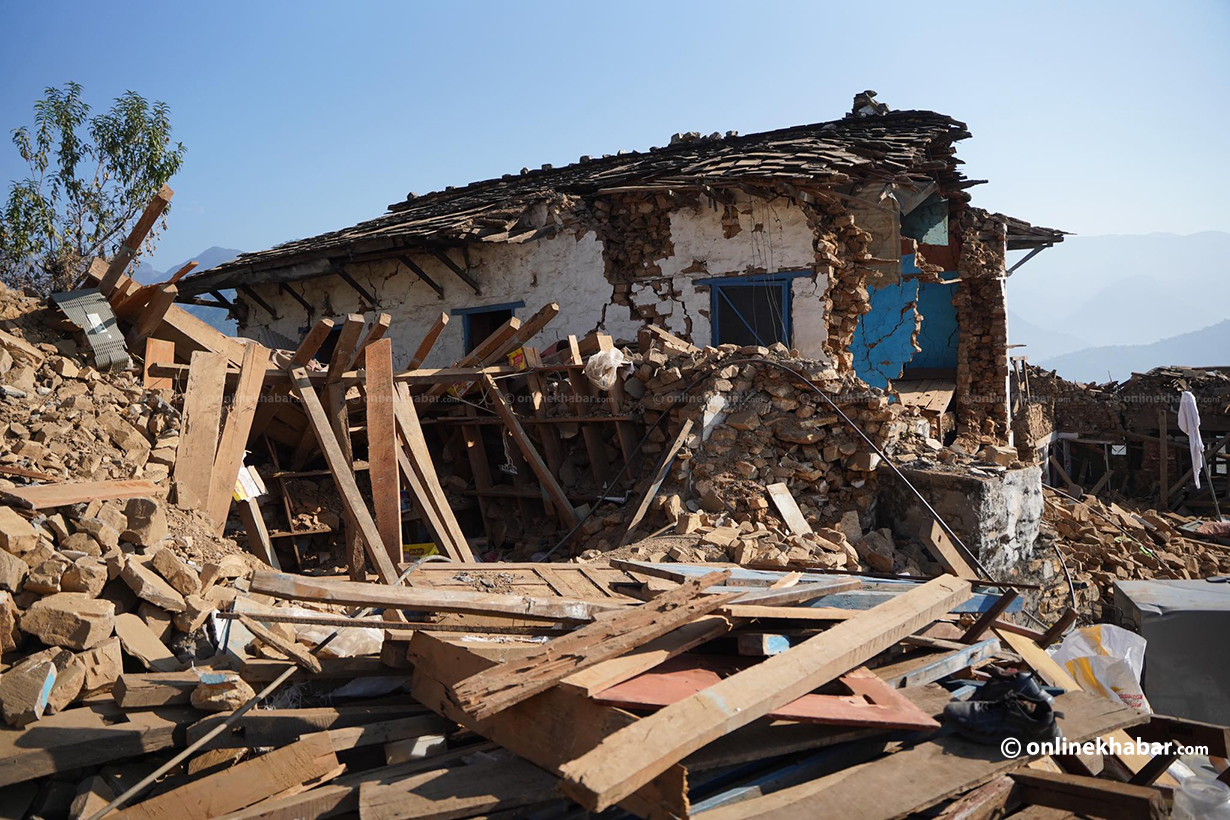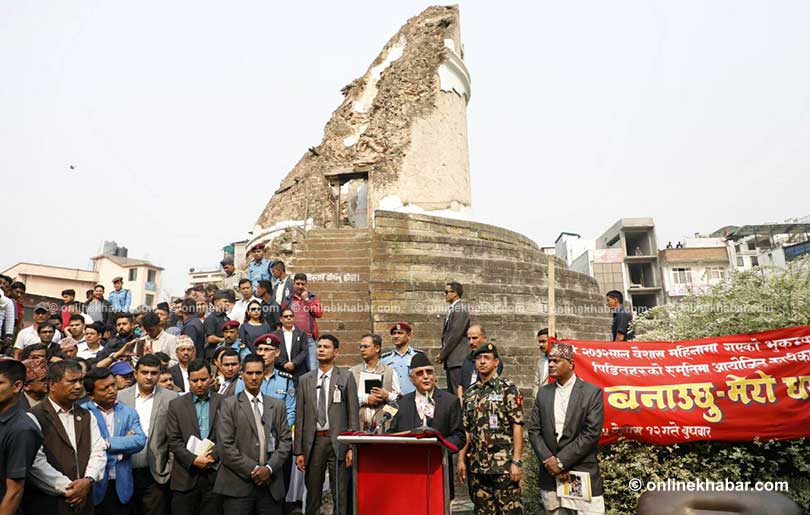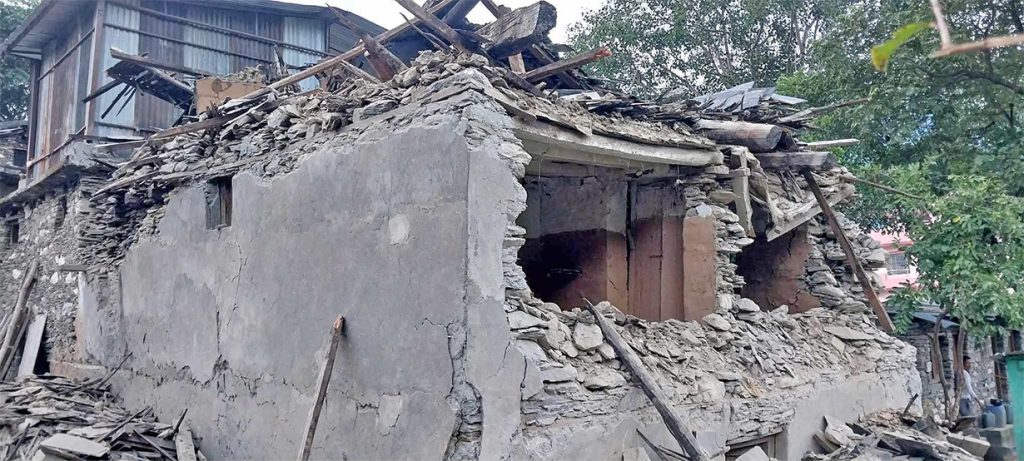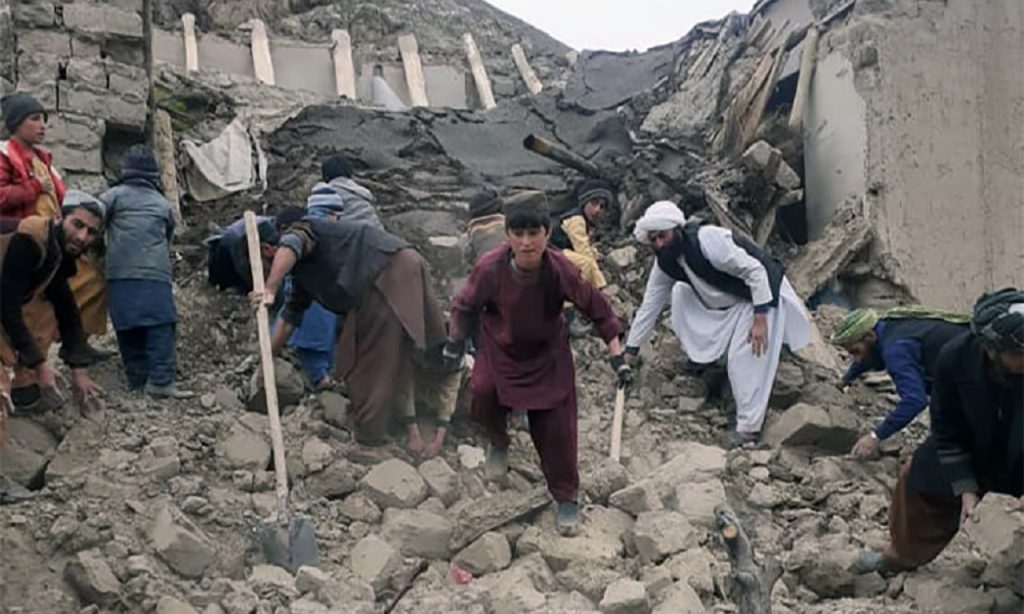
Nepal, nestled amidst the towering Himalayas, engages in a unique dance with earthquakes. Let us embark on a simple journey exploring why Nepal experiences earthquakes and how we can ensure safety, all while staying firmly grounded.
To understand the genesis of earthquakes in Nepal, imagine a love story between two colossal entities: the Indian and Eurasian tectonic plates. Picture these plates as giant dancers, slowly moving towards each other. As they come too close, the ground beneath us begins to jitterbug. This dance, scientifically known as tectonic plate convergence, unveils the science behind Nepal’s seismic episodes.
You might wonder, why does Nepal consistently experience earthquakes? It is comparable to residing next to a dance studio – vibrations are inevitable. In Nepal’s context, it all boils down to location.
Positioned where the Indian plate converges with the Eurasian plate, Nepal becomes the dance floor for their ongoing tango. The central and western parts, including the Kathmandu valley, are especially close to the epicentre of this geological dance-off.
The wake-up call

In 2015, Nepal experienced an unplanned and unwelcome surprise – a massive earthquake with a magnitude of 7.8 crashed the celebration. The epicentre was in the Gorkha district, highlighting the inherent risks of living in an earthquake-prone area. The aftermath was heartbreaking, with thousands losing their lives, and buildings crumbling like poorly constructed props. It served as a sobering wake-up call, urging us to fine-tune our earthquake-ready moves.
So, why does Nepal consistently take the lead in these seismic events? Blame it on the perpetual clash of the Indian and Eurasian plates. The pressure builds up, akin to the anticipation before a significant dance move, and when it’s released, voila – an earthquake takes centre stage. Our Himalayan landscape, adorned with tall peaks and deep valleys, bears witness to this ongoing dance, rendering Nepal the perfect stage for seismic performances.
While earthquakes can occur anywhere, certain regions feel the rhythm more intensely. Areas along the Main Frontal Thrust (MFT), a major fault line running through central and western Nepal, are particularly prone to shaking. These regions become the dance floor where the Earth showcases its rhythmic prowess.
Need for better engineering

Now that we have had a chuckle at Nepal’s earthquake quirks, let us shift the conversation to safety. Being prepared for the disaster is akin to practising your dance moves – it is not about if, but when. Public awareness campaigns, regular earthquake drills, and robust building codes serve as our trusted dance instructors. The more we practice, the better equipped we are to shake it off when the real performance begins.
For those curious about the engineering side, building codes function like the steps in our dance routine. They ensure that structures can sway and absorb the energy of the quake without collapsing. It is similar to giving our buildings the right moves to stay on their feet.
In this seismic dance that defines our nation, understanding science does not just keep us informed but also empowers us to dance responsibly. The earth may continue its rhythmic movements, but with a mix of humour, knowledge, and preparedness, we can ensure the dance floor remains safe for everyone.






















